If you have a healthy lifestyle, watch what you eat and are concerned about the harmonious development of your body, it is very likely that you want to live in a healthy home. That's the way Constantin Budeanu, who lives in Miroslava, near Iasi, thinks. In this first episode of our journey to the house in Miroslava you'll learn about the interior finishing of a brick house and the natural materials used to finish the walls, materials supplied by Naturalpaint.
Why natural products for home finishing
The owner chose natural finishing materials because he considers them the most suitable for a healthy lifestyle, but also because of the beneficial experience of living in a home finished with natural products. Six years ago she finished the house she lives in, also with natural products from Naturalpaint. He used the clay-based plaster for the walls then too and was very pleased with the result of the finish, but especially with the benefits to the indoor air quality of his home.
He is now involved in building another house for one of his children and working with Naturalpaint has come by itself. Compared to 6 years ago, the company's range of products and services has diversified. This now allows them to take over the house "in red" to insulate and finish the interior and exterior exclusively with natural materials. For the finishing work they used a local team experienced in working with natural building materials. Florin Voșloban, sales and technical director at Naturalpaint, explains in detail how to work with clay-based interior plasters in the video below. But first, what are the qualities and benefits of a clay-based plaster?
Qualities of clay plasters
The most appreciated quality of a clay-based plaster is the ability to regulate room humidity and keep it in the 45-55% range. Decreasing humidity below 40% or increasing it above 70% is very unhealthy for the body. Clay binds moisture in the pores and releases it when the humidity in the room drops very low. This is why clay plasters are recommended for finishing rooms where people with respiratory conditions, the elderly or children live.
Clay doesn't just bind water. The minerals in its composition also attract and bind indoor air pollutants, bacteria and odors, maintaining a healthy environment. Clay also has antistatic properties which allows it to bind dust particles in the air.
Clay plaster is vapor permeable and moisture is thus removed from the damp processes used in construction. This prevents the formation of condensation which could lead to mold and rotting of the wood in the house's load-bearing structure (roof framing, pillars, etc).
Clay plaster contributes to sound insulation of the house thanks to its large natural mass. Also thanks to its mass and capillary conduction properties, it can lock in heat, gradually releasing it when the temperature drops. It also protects the interior during very hot summer periods, preventing heat from entering. Thus, clay acts as a thermal insulation material.
Clay plaster is simple and easy to use, dries naturally, chemical-free, durable and flexible.
And last but not least, it looks great.
Video - indoor clay plaster
Florin Voșloban (Naturalpaint) explains in detail the finishing system with clay plaster and "gives from the house" a lot of useful information.

























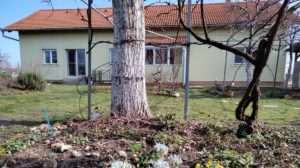
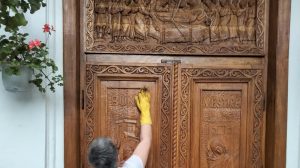
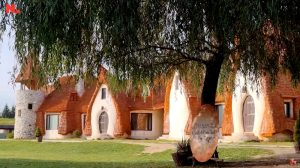
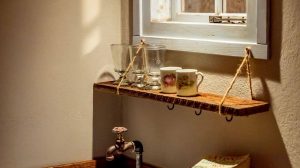
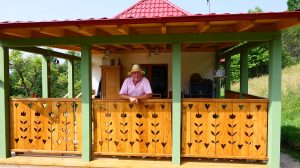



Add comment